This is an old revision of the document!
Table of Contents
Companions in games
Part of Project Lirec
From a good article on NPCs and immersionIf an enemy monster is stupid (because its “brain” is just a couple of hundred lines of computer code running on a personal computer that is busy doing a lot of other stuff) it isn’t too bad. Hey, it’s a monster. It’s not supposed to be smart. But when a human character shows up the player expects him or her to act like a human. Then when they walk into the player’s line of fire, get confused by doorways, get caught up on scenery, or utter the same phrase for the tenth time, they are exposed as a fraud and the illusion of the gameworld is broken. NPCs have so many ways they can break immersion that it’s difficult to enumerate them all.
Rescue or gameplay helper companions
Some non-player characters (NPCs) in games are designed to help the player in some form. This is a list of interesting characters who are either designed to provide some assistance in solving problems or fighting battles, or are a central theme of the game and therefore are intended to form a bond with the player.
| Companion | Gameplay purpose | Intelligence | Attachment level |
|---|---|---|---|
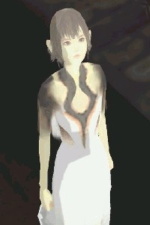 Yorda in Ico Yorda in Ico | To be rescued | General wandering, object avoidance, local route finding - lack of any direction or purpose until a cutscene script takes over. Talks in strange unintelligible language. | Quite high to begin with, followed by a trough when you realise she's actually quite annoying - e.g. inability to avoid being dragged away by the “shadows” that come after her. In the end you strangly feel attachment again, when she's taken from you - a sort of attachment due to persistence, an annoying friend that won't go away. |
 Alyx Vance in Half-Life 2 Alyx Vance in Half-Life 2 | Cooperative play | Object avoidance, combat, use of terrain and cover, blind fire etc. Helping with level progression tasks and capable of showing excitement, dismay and anger. | Reception seems good from players, although some complaints about dialogue spoiling the effect with repeated and nonsensical chatter |
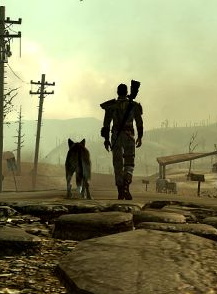 Dogmeat from Fallout 3 Dogmeat from Fallout 3 | Cooperative play | Dogmeat warns the player of danger, can be sent to search for items and distract enemies in battle. | Not such a good response from gamers on Dogmeat - he is not strictly required to play the game and can get in the way in battle situations. Also seems a little contrived as he miraculously appears when you need help. |
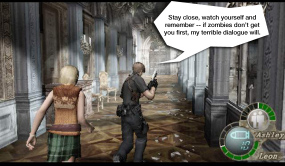 Ashley Graham from Resident Evil 4 Ashley Graham from Resident Evil 4 | Needs rescuing and helps with some gameplay | Following and object avoidance, pointing out possible solutions to puzzles | Not good on this character either, as being in the horror genre, it's very unforgiving to AI goofiness. The lack of attachment may also be due to the fact that unlike in Ico, where Yorda is with you all the time up to the last part, Ashley Graham often get recaptured. |
Pet companions
Unlike other games, pet games are solely concerned with creating an attachment with an NPC. In this way, the NPC is the focus of the game. Other gameplay elements are introduced as a way of increasing the bond between the player and the NPC. Most pet games are targeted at a younger audience, although in practice these games can have a much broader appeal.
| Game | Interaction | Attachment level |
|---|---|---|
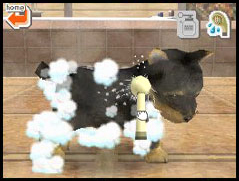 Nintendogs Nintendogs | DS touchscreen for stroking and cleaning, and the microphone for training and talking to your puppy. | The NPC interaction feels very natural using the pen on the touch screen, and the voice control is done well - it takes a few attempts each time to learn commands, which fits well with the technical solution. The best selling game of all time, so it's doing something right. The portable nature of the DS console might largely be part of the success, along with the shameless use of dog breeds per game release. |
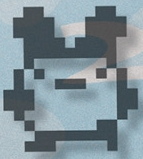 Tamagotchi Tamagotchi | 3 buttons, allowing you to feed, clean and play games with your pet. It tells you when it needs feeding, and dies if it's not attended to. | A huge success, so much so that it proved controversial due to children taking them into classes to keep them alive. Keeps well out of the uncanny valley as the Tamagotchi hardware (the name comes from the words egg and watch in Japanese) is very limited, so the display only tens of pixels across - which only adds to it's appeal. |
 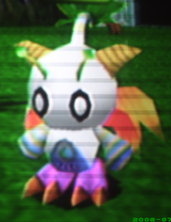 Chau Adventure, part of Sonic Adventure Chau Adventure, part of Sonic Adventure | Similar to Tamagotchi, but crucially, and of high relevance to the Lirec Project the 'chau' pets migrate from the DreamCast console to a hand held device (either a VMU or a GameBoy Advance) and back again. | |
